 Add My Company
Add My Company
Choosing the Right Material for Each Prop
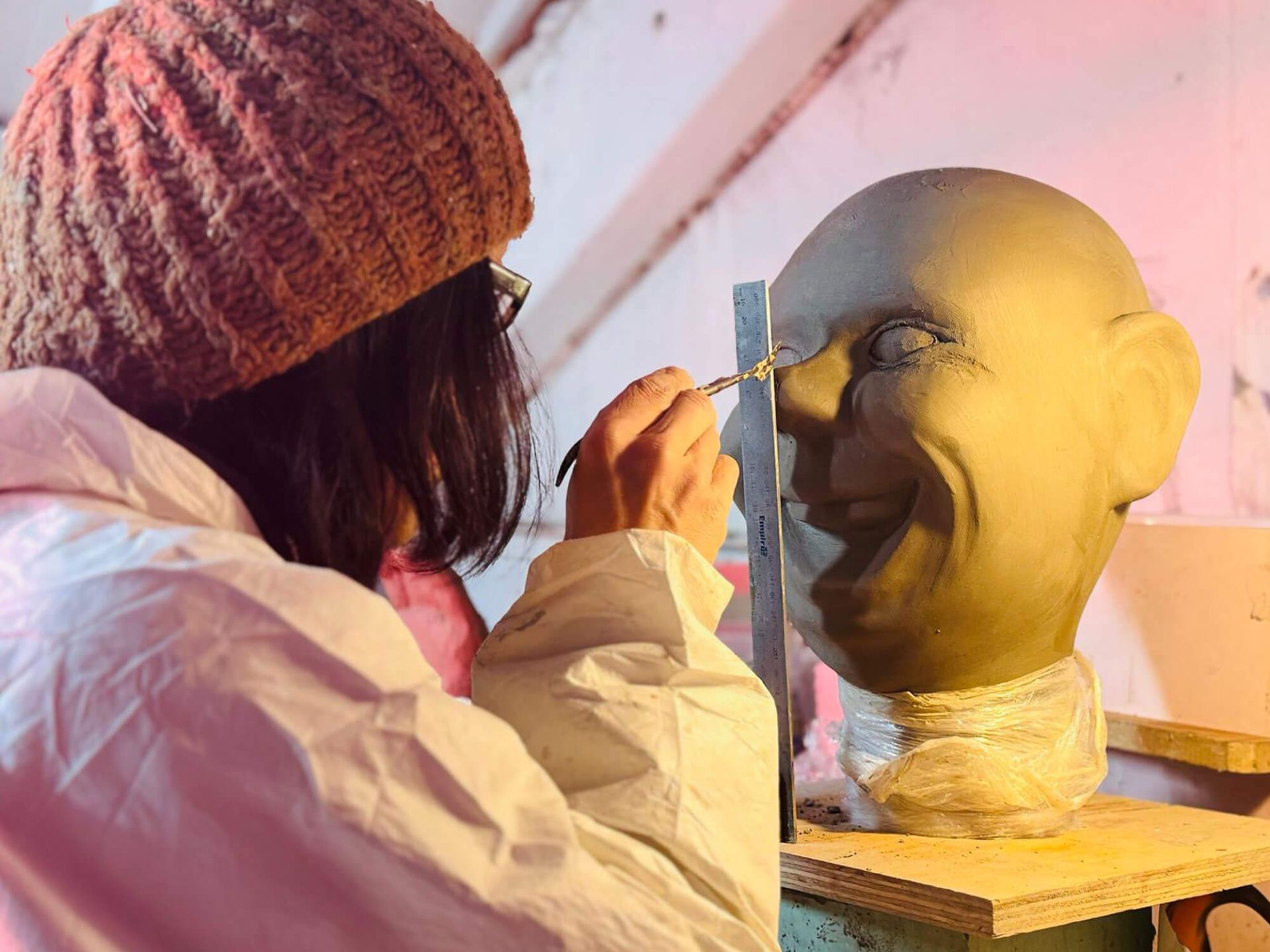
In the intricate world of prop making, selecting the right material is crucial to achieving the perfect balance of aesthetics, durability, and functionality.
At Spur Creative, our extensive experience with various materials is what allows us to craft props that meet our clients’ expectations whatever they have in mind. Let's dive into some of the key materials we use and their unique applications.
Polystyrene: Lightweight and Versatile

Polystyrene is a staple in prop making due to its lightweight and easily mouldable properties. This material is perfect for creating large-scale models and intricate designs. A prime example of our work with polystyrene is the Giant Percy Pig prop for Marks & Spencer.
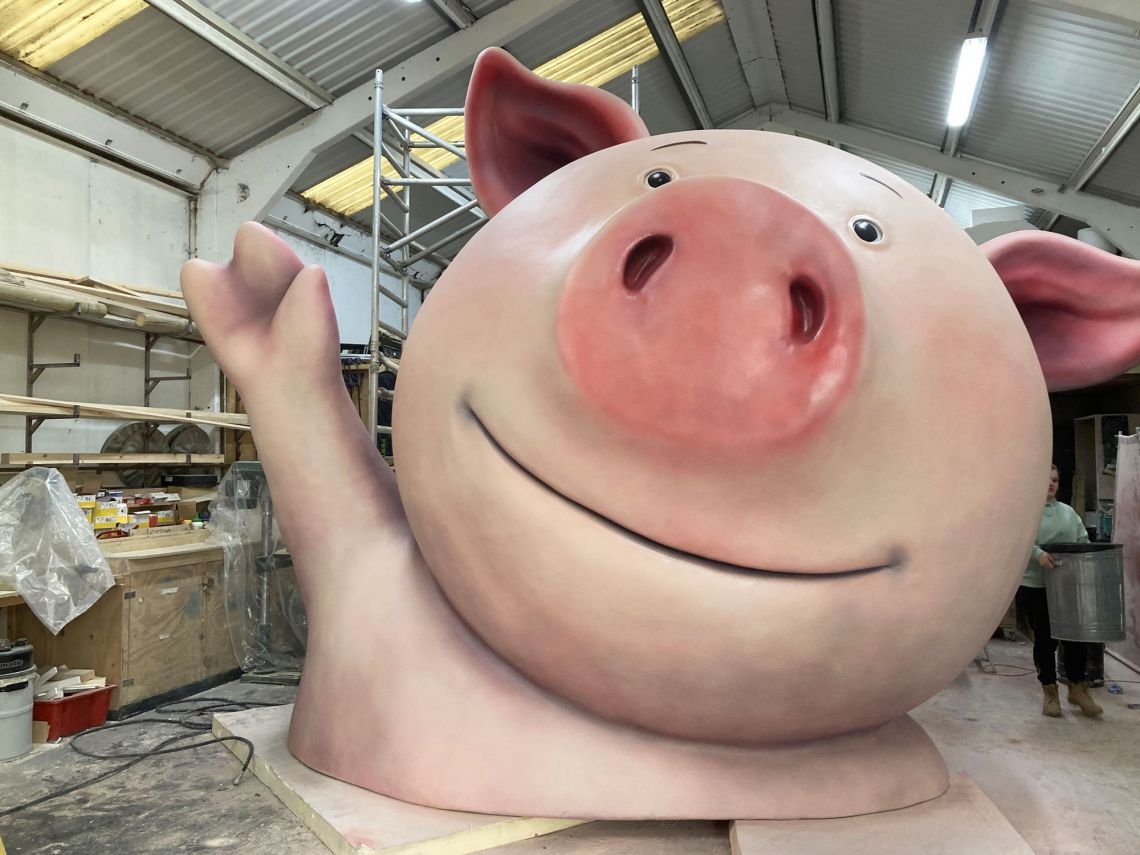
This cheerful giant prop which is created for promotional purposes, showcases polystyrene's ability to be intricately carved and painted to create a delightful and engaging character.
Fibreglass: Shiny and Durable
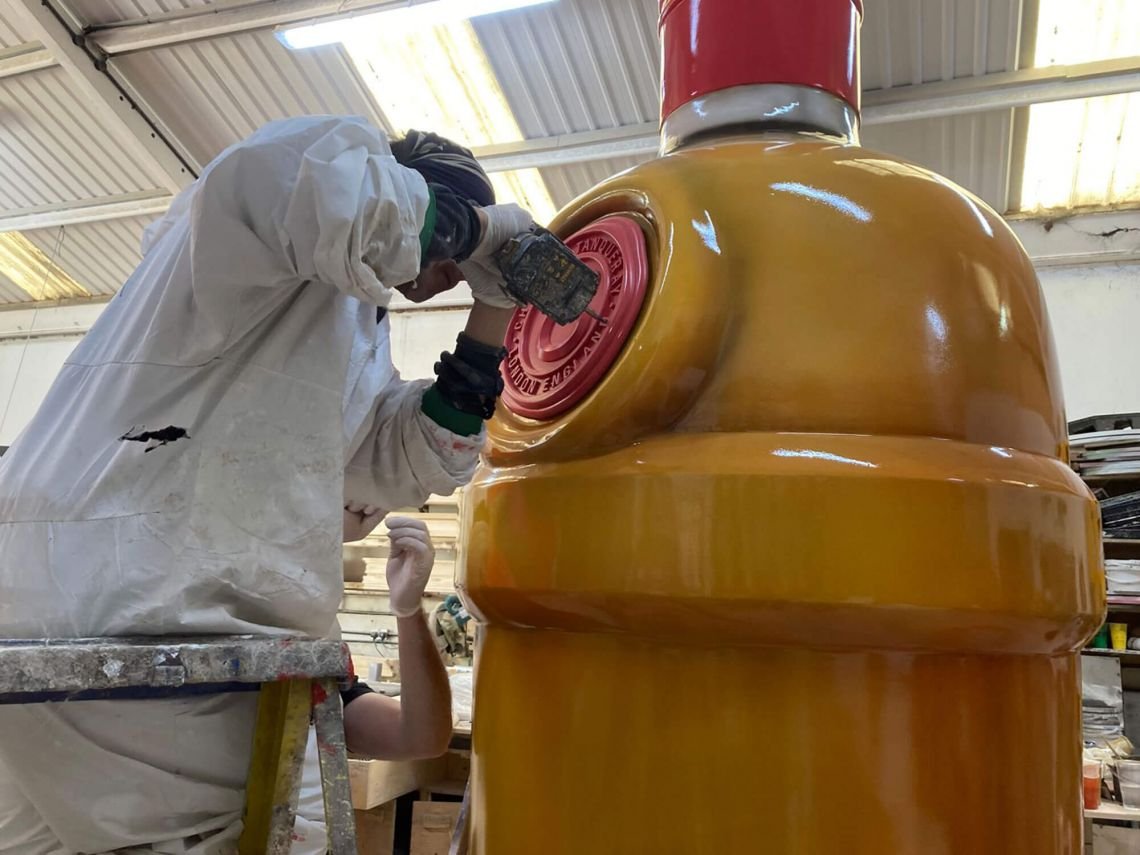
Fibreglass is the material of choice when strength and durability are paramount. We primarily use it to hardcoat our polystyrene props. Its robust nature makes it ideal for props that need to withstand handling and various environmental conditions. For instance, we created a giant 3-metre-tall Tanqueray gin bottle for a marketing campaign by the River Thames.
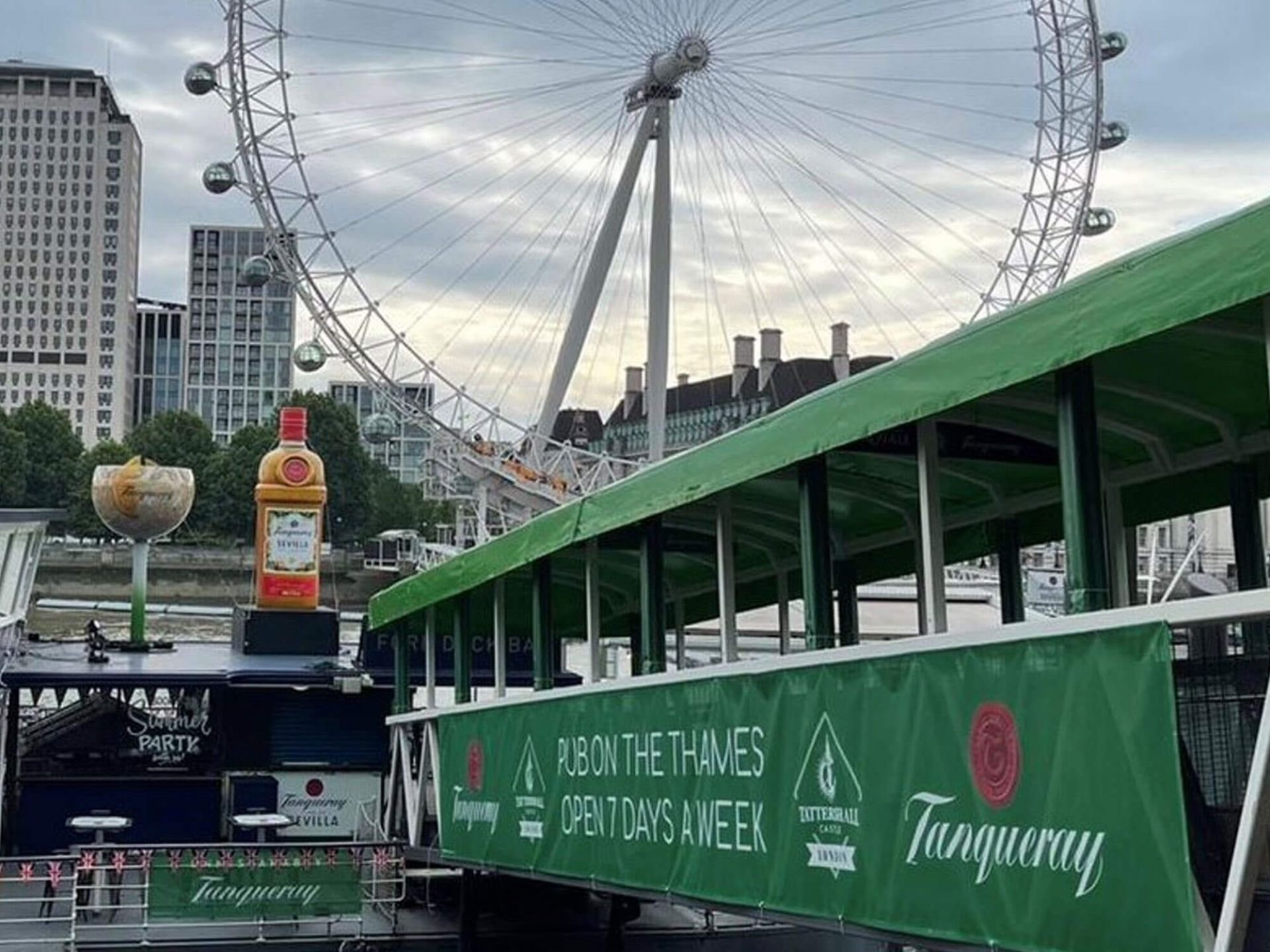
The fibreglass construction ensured that the prop was not only durable but also had a high-quality, smooth finish.
Wood: Traditional and Timeless
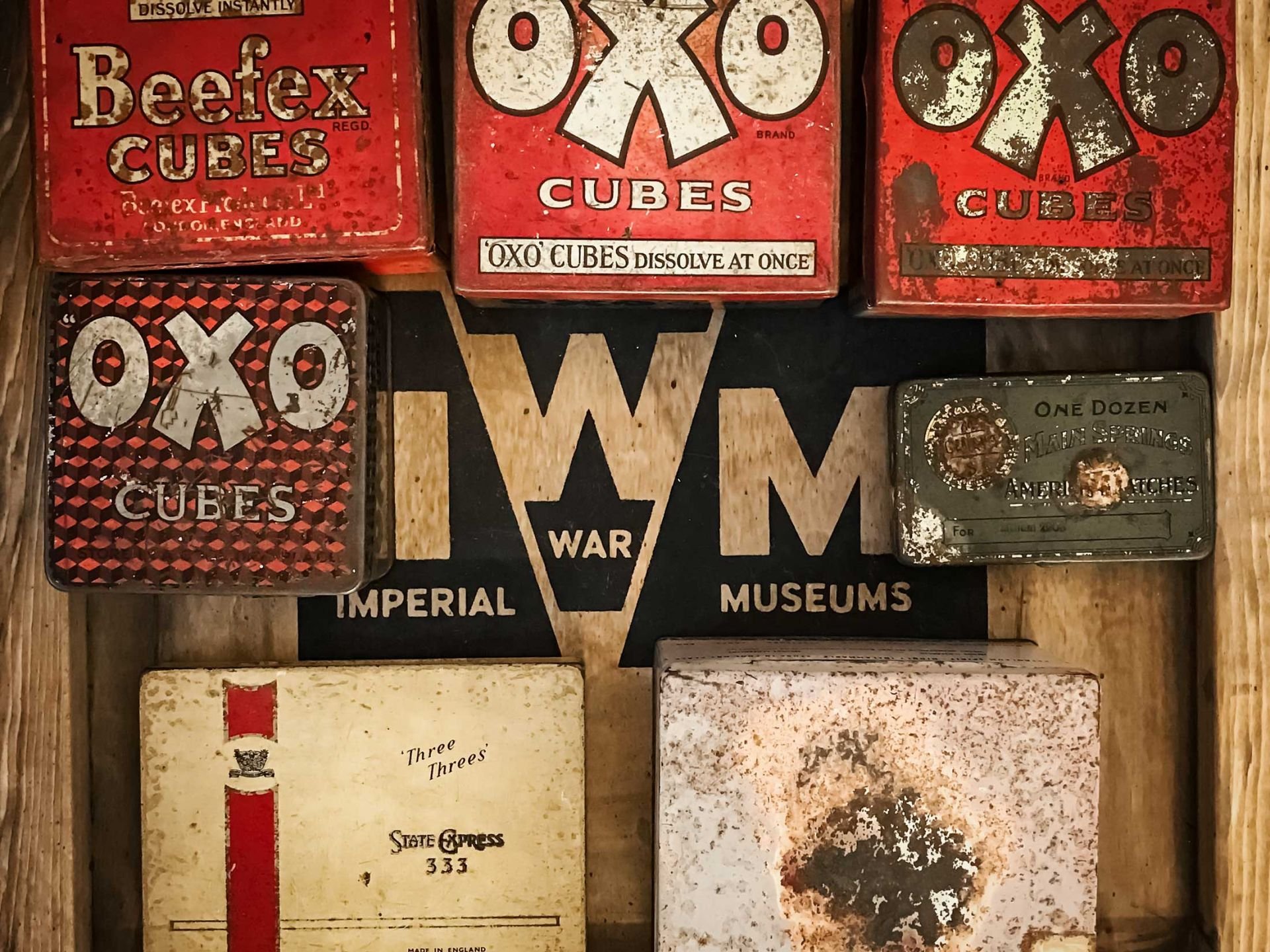
Wood is often used when a natural, authentic look is needed. It provides a sturdy foundation and is versatile in terms of finishing options. A prime example of our work with wood is the creation of WWII loan boxes for the Imperial War Museum. The use of wood here provided the necessary durability and authenticity for the museum replicas.
Metal: Reliable and Strong
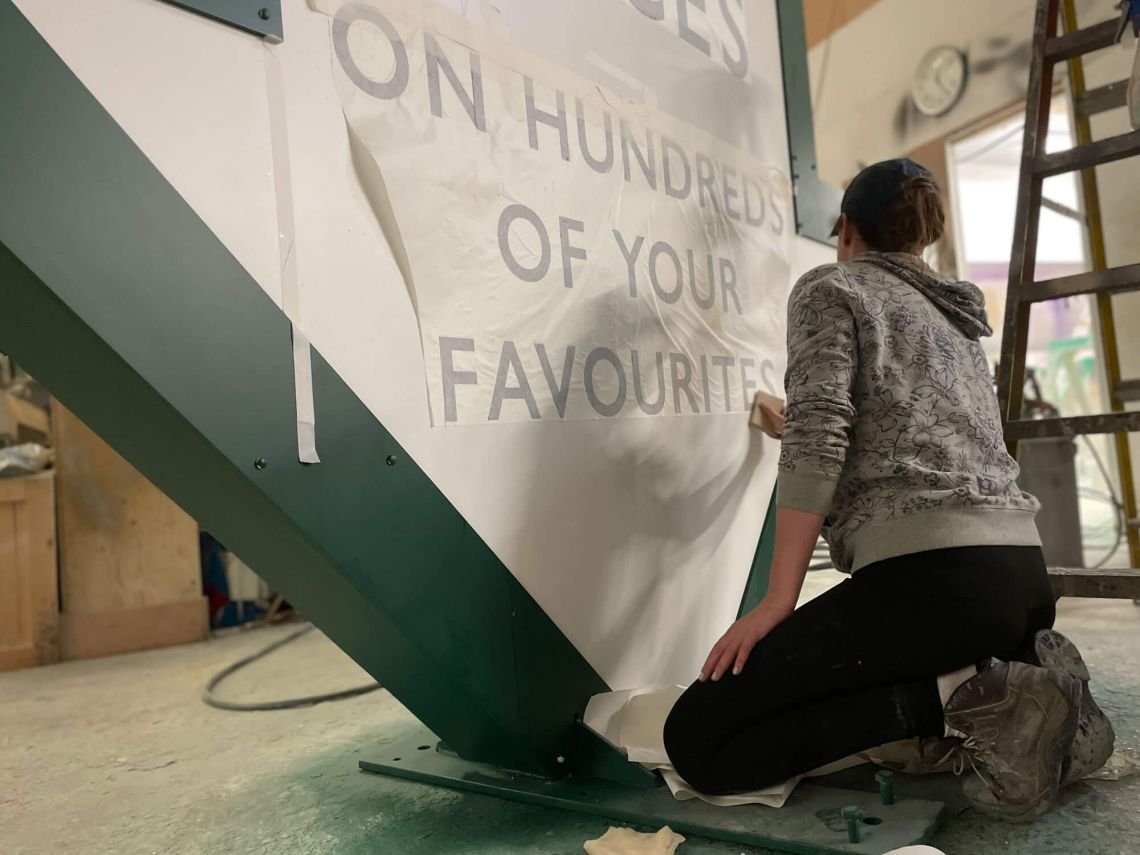
Metal is often used as a frame for more complex prop installations, providing the necessary support and stability. For instance, in our Waitrose arrow prop, we built a metal frame welded to a 20mm thick metal base. This frame was then moulded and cast in fibreglass to create a robust and visually appealing sign. The final prop was painted with Waitrose green and had printed vinyl applied, ensuring durability and aesthetic appeal.
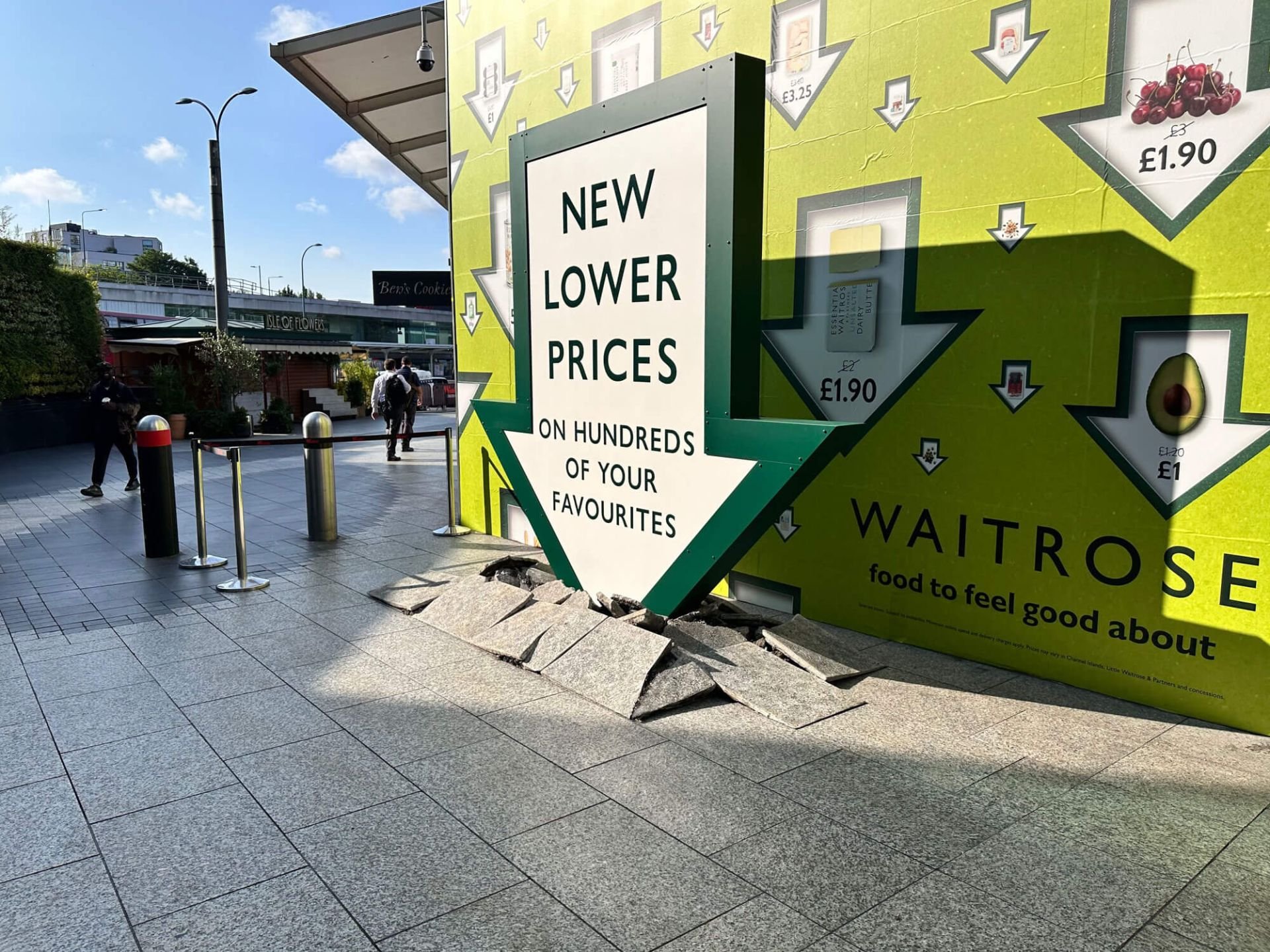
Combining Materials for the Best Results
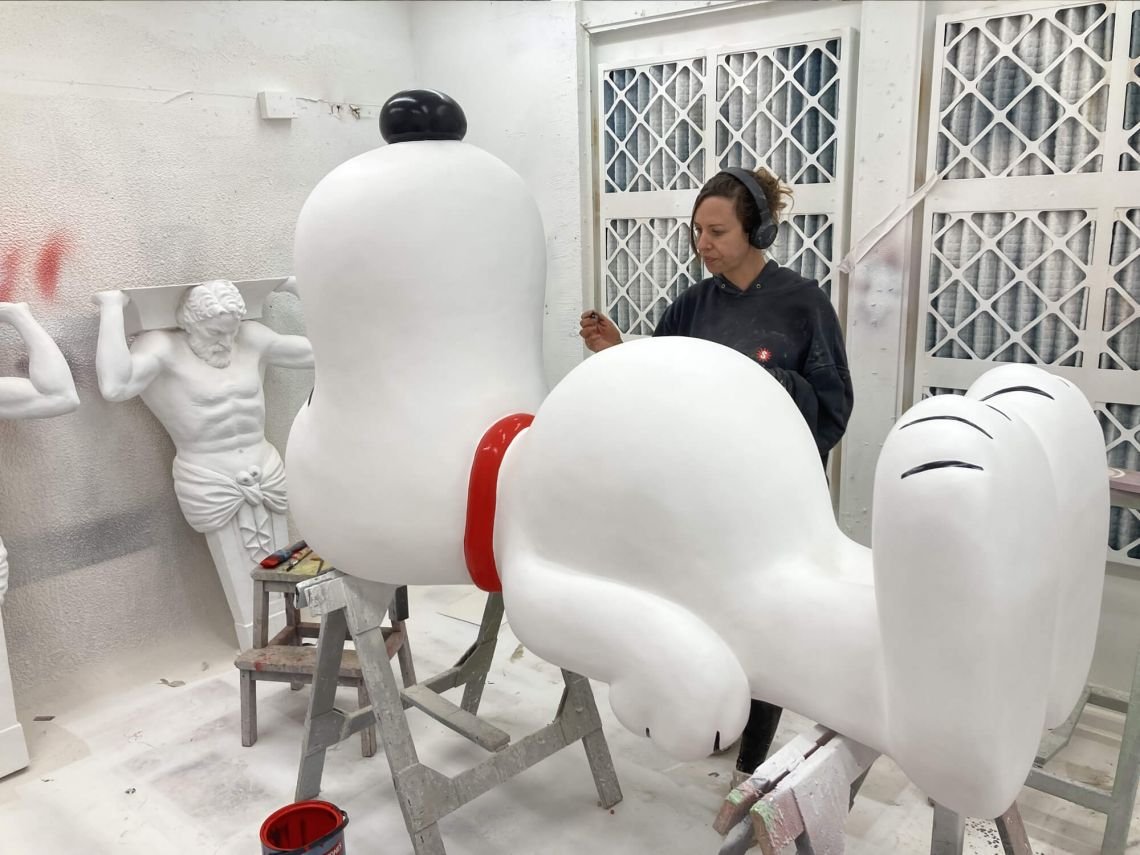
Most often, the best approach is to combine materials to leverage their individual strengths. Our Snoopy props for Goodwood Racing Company's Goodwoof events are a good example of this method. For these projects, we used a combination of polystyrene for the detailed sculpture of Snoopy, fibreglass coating for added durability, and metal elements for structural support.
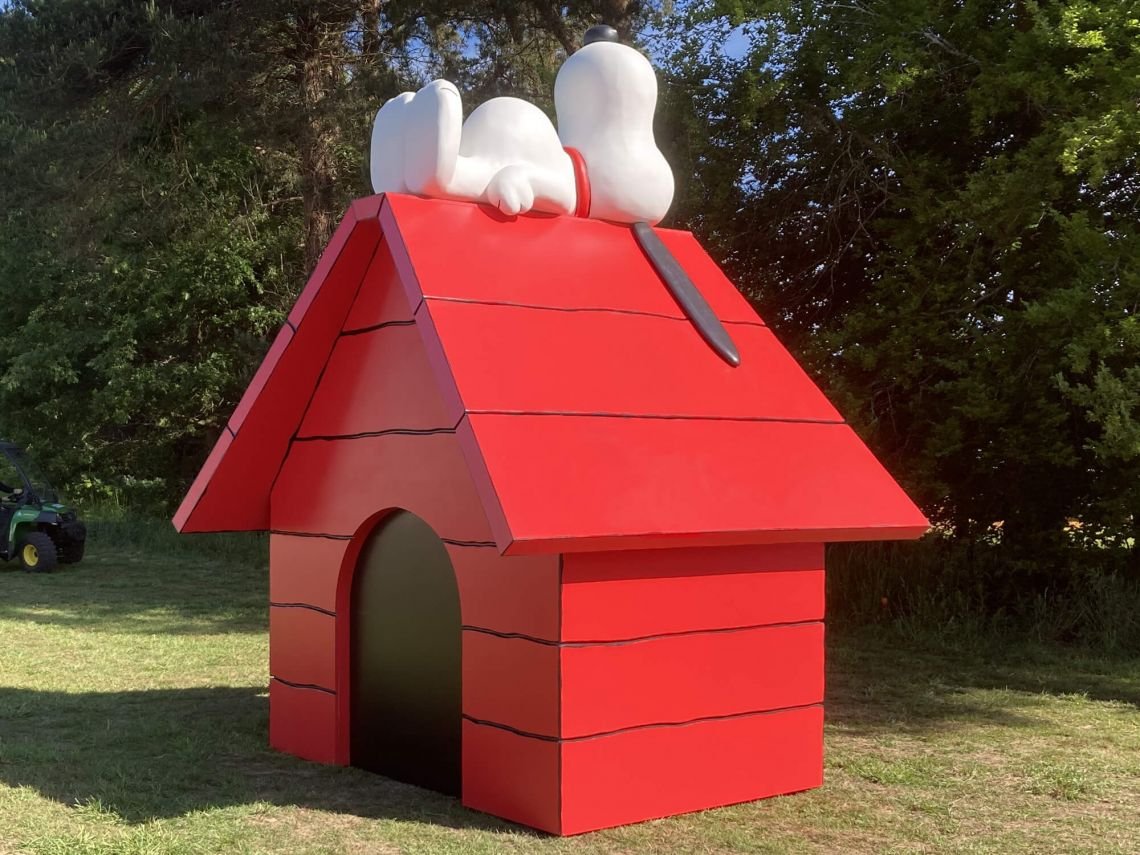
The metal frame provided the necessary stability for the prop, while the polystyrene allowed for fine detailing and easy carving. The fibreglass coating ensured the prop could withstand outdoor conditions and be handled frequently. This combination resulted in an adorable and sturdy prop that was easy to transport and install.
The Bottom Line
Choosing the right material is an essential part of the prop-making process. By understanding the unique properties of materials like polystyrene, fibreglass, wood, and metal, we can create props that are not only visually stunning but also durable and functional. Each project - whether it’s a giant Percy Pig for a promotional event or intricate museum replicas - benefits from our careful selection of materials.
For more insights into our projects and the materials we use, visit our portfolio. If you have a project in mind and would like to discuss how we can bring it to life, feel free to contact us. We'd love to hear from you!
For more information on Choosing the Right Material for Each Prop talk to Spur Creative Group

